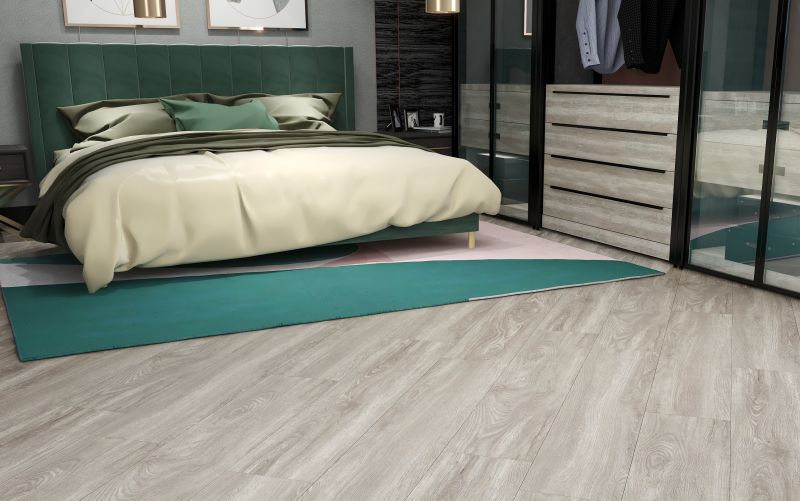As the demand for high-performance flooring continues to rise, waterproof capability has become a crucial factor in flooring selection. When it comes to SPC (Stone Plastic Composite) flooring and laminate flooring, what are the differences in their waterproof performance? This article will delve into the distinctive features of waterproof performance in SPC flooring and laminate flooring, providing consumers with a comprehensive understanding for informed decision-making.
SPC flooring is renowned for its unique construction and material composition, contributing to its excellent waterproof performance. Here are key features of SPC flooring:
Material Composition:
The primary components of SPC flooring include stone powder and polyvinyl chloride, both of which exhibit outstanding waterproof properties. The addition of stone powder enhances water resistance, while PVC provides an additional waterproof barrier.
Sealing:
Advanced production techniques ensure a tight connection between each SPC flooring plank, minimizing the possibility of water penetration. This sealing capability helps prevent moisture from entering the bottom layer, preserving the stability and durability of the flooring.
Water Immersion Resistance:
Due to its unique stone plastic composite structure, SPC flooring demonstrates remarkable resistance to water immersion. Even in humid environments, SPC flooring maintains stability and is less susceptible to expansion or contraction.

